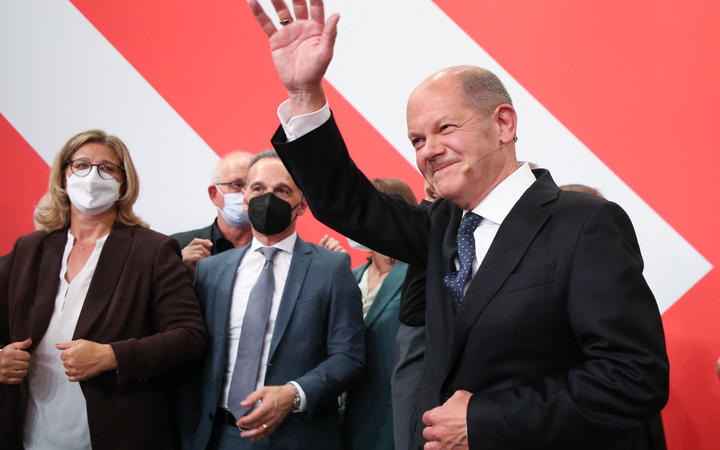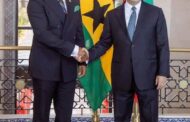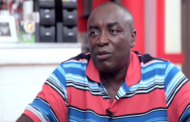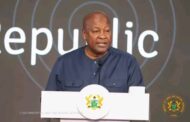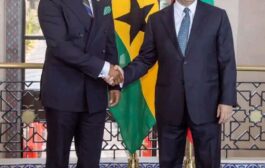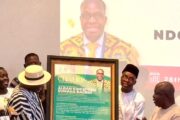Germany’s centre-left Social Democrats have narrowly beaten the party of outgoing Chancellor Angela Merkel in federal elections, according to preliminary results.
SPD leader Olaf Scholz says he has a clear mandate to form a government, but his conservative rival, Armin Laschet, is determined to fight on.
The two parties have governed together for years but are unlikely to continue.
Instead the Greens and liberals are looking for a role in a new coalition.
The two parties attracted the most support from the under-30s, in an election dominated by climate change and by differing proposals on how to tackle it. The Greens made history with almost 15% of the vote, even though it was well short of their ambitions.
It was the tightest race in years, bringing an end to the post-war domination of the two big parties – Mr Scholz’s SPD and his rival’s conservative Christian Democratic Union (CDU). For the centre-left it was a significant improvement on the last election, but for the conservatives it was their worst ever performance.
Exit polls predicted a dead heat, but this election was unpredictable from the start, and the result was never going to be the end of the story. For one thing, the outgoing chancellor is going nowhere until the coalition is formed – and that may have to wait until Christmas.
The successor’s task is to lead Europe’s foremost economy over the next four years, with climate change at the top of voters’ agenda.
Mr Scholz’s SPD supporters greeted him in raptures, but it was only later when his party edged into the lead that he told a televised audience the voters had given him the job of forming a “good, pragmatic government for Germany”.
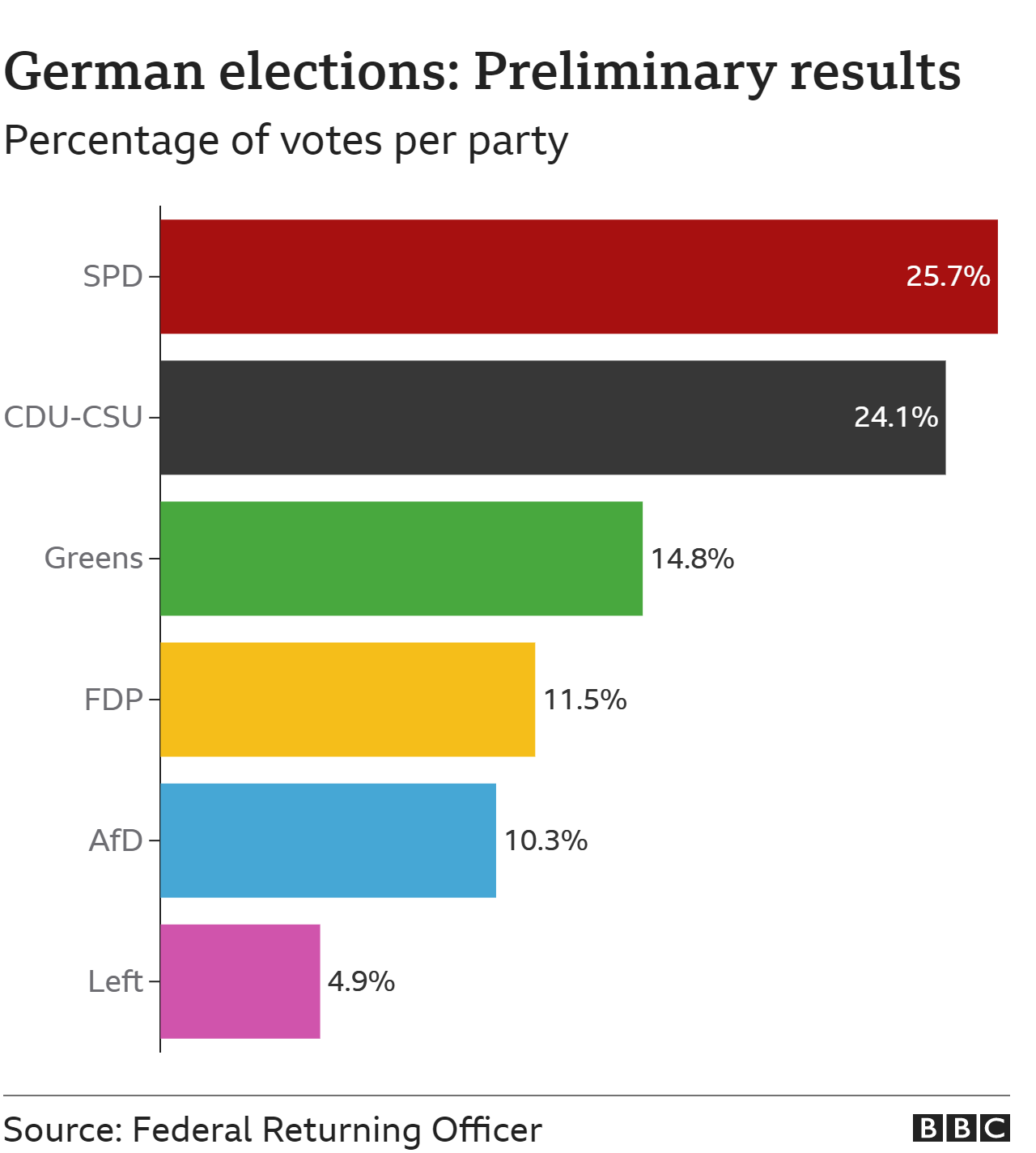
His conservative rival hit back, arguing it was about forging a coalition, not about getting “an arithmetic majority”. Winner doesn’t take all, in other words.
CDU General Secretary Paul Ziemiak did not gloss over the defeat early on Monday but said that was not the point: “In the end the question is going to be can you create a genuine project for the future?”
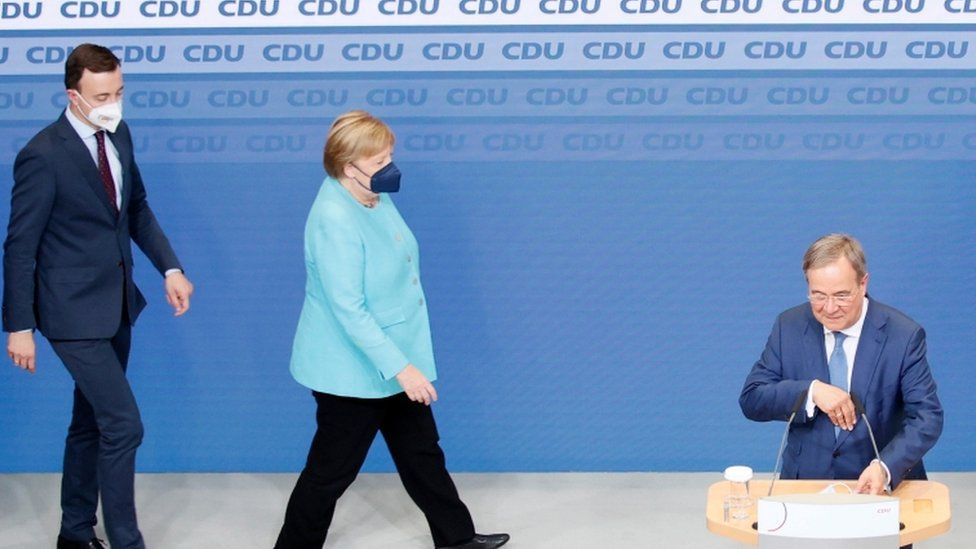
“Two maybe-chancellors and two kingmakers” – was one of the headlines summing up Sunday night’s rather scrappy result, but that is what it looked like.
Because it’s not just the Social Democrat and conservative leaders fighting for power. The two kingmakers are open to offers.
Together the liberals and the Greens make up over quarter of the vote and would carry both of the big parties over the line.
They may be more popular with younger voters than any other parties, but it would take some skill to bring them under the same roof.
Greens leader Annalena Baerbock wants to loosen Germany’s debt brake that stops a big jump in public debt. FDP leader Christian Lindner has little time for her party’s “ideas of tax hikes, or softening the debt brake”.EPAWe wanted more. We didn’t manage that, partly because of mistakes at the start of the campaign – mistakes I madeAnnalena Baerbock
Greens leader
So of all the possible coalitions, the Greens and the liberals feature in the two that are most likely to form.
One is the so-called traffic-light coalition, made up of the parties’ colours – red (SPD), yellow (FDP) and the Greens – or there’s the Jamaica alternative, black (CDU), yellow (FDP) and the Greens.
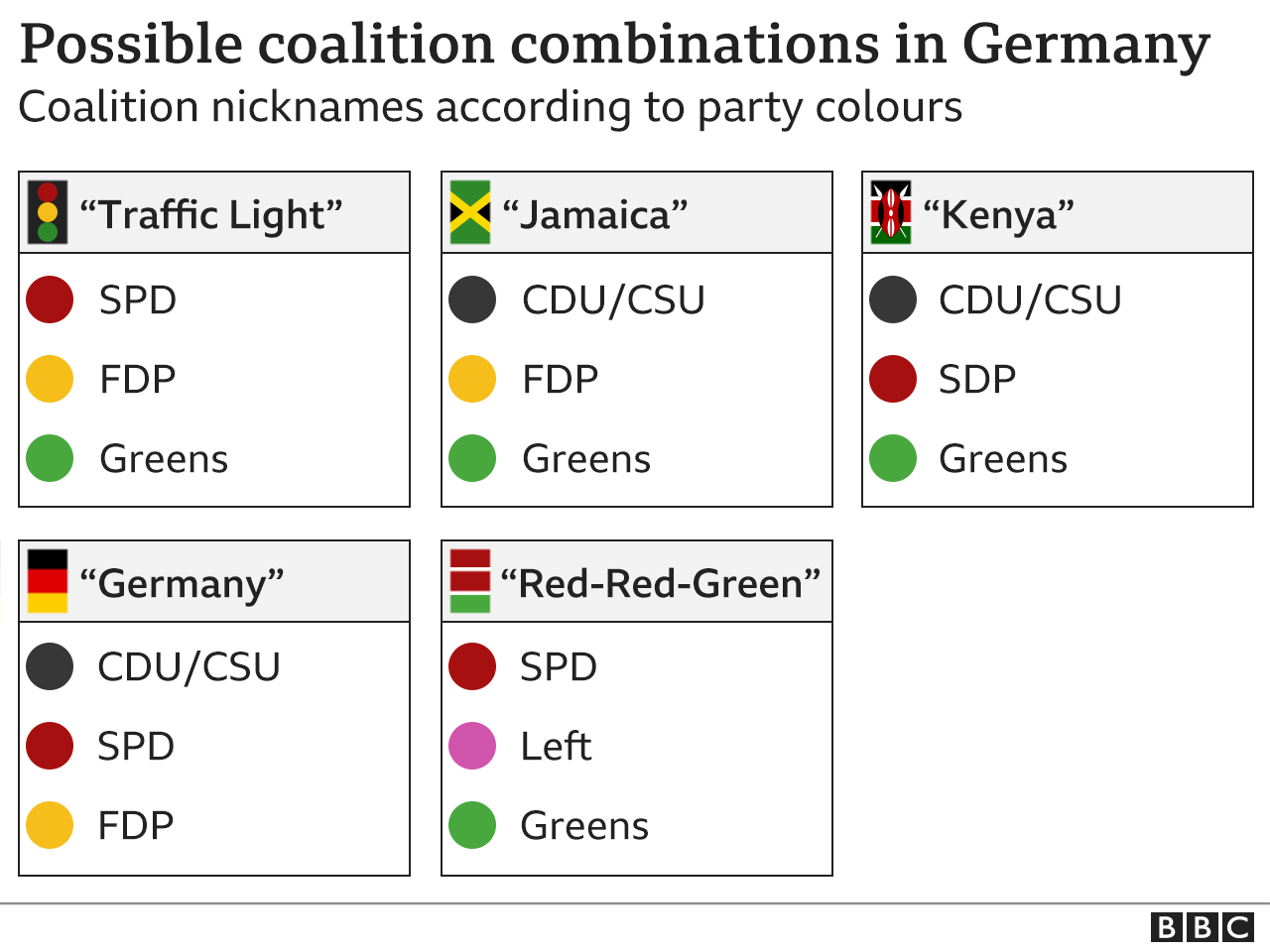
It is the first time that Germany is facing a three-way coalition, but this country has entered a new political era and the talking is yet to begin.
Beyond the four mainstream parties, it was a bad night for the radical left and a patchy night for the far right.
Left-wing Die Linke fell below the 5% threshold required to get into parliament but survived because it secured three direct mandates.
And although the far-right AfD’s share of the vote appears to have slipped nationally, it’s set be the largest party in the eastern states of Saxony and Thuringia.
Source: BBC



